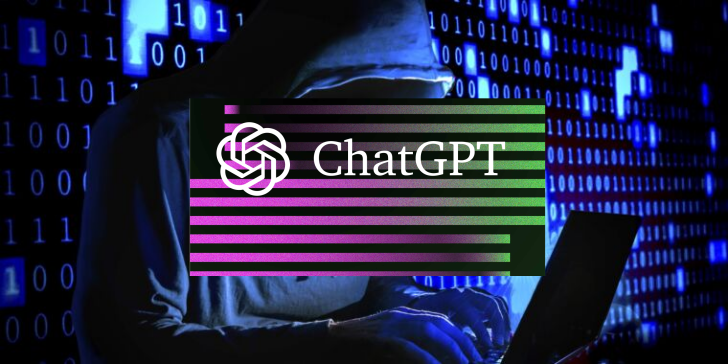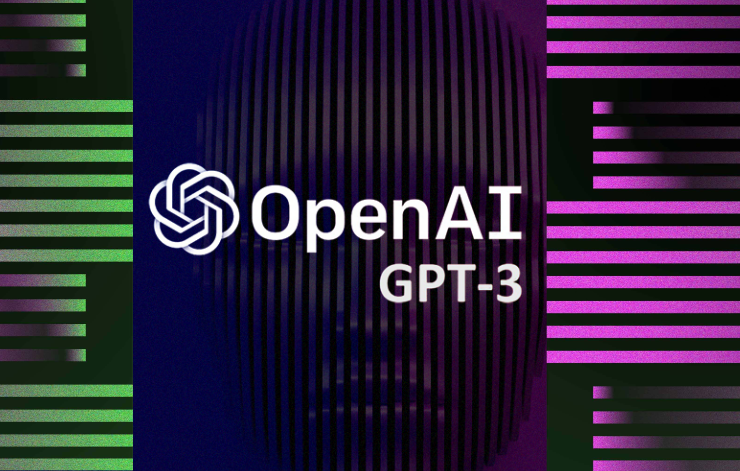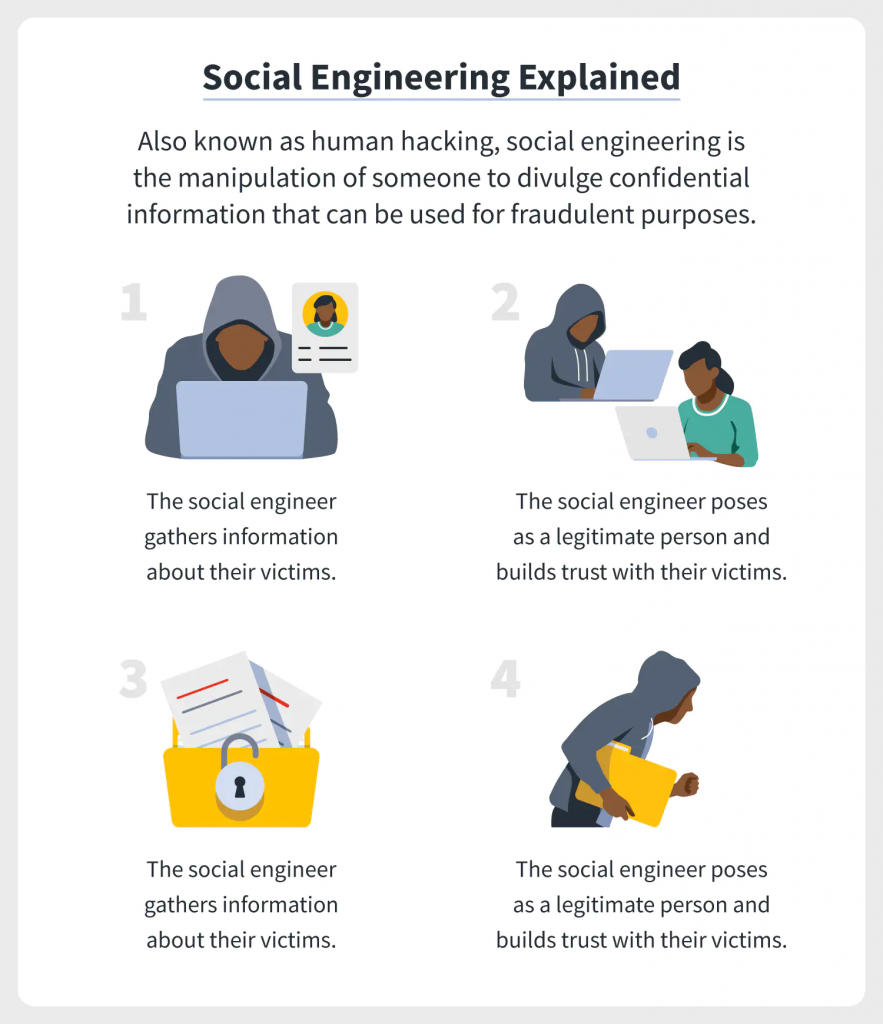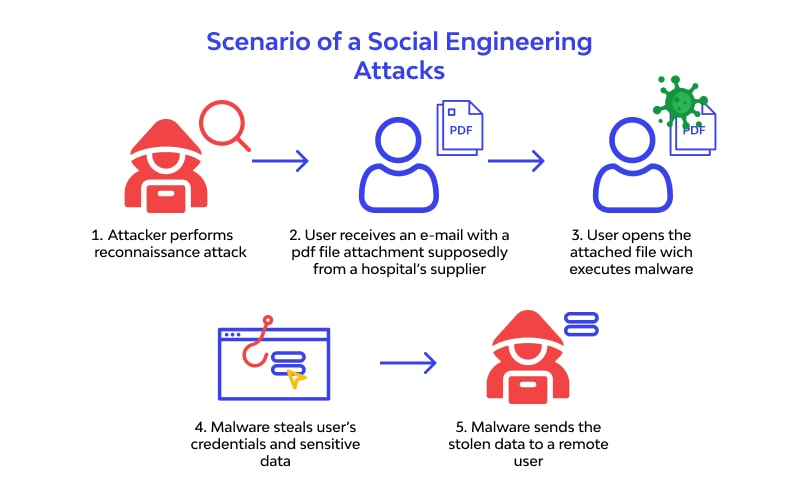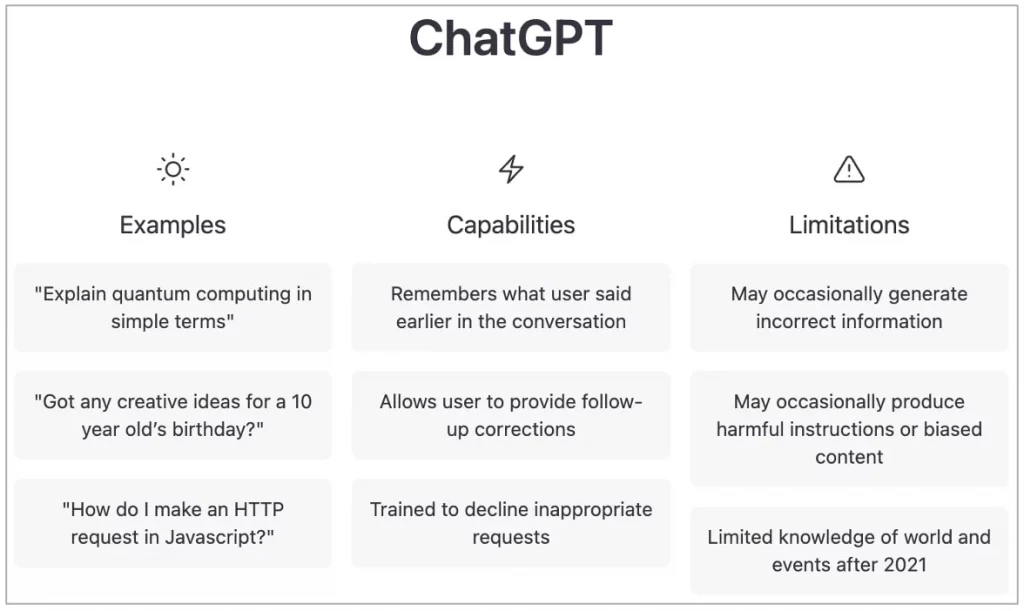In today’s digital landscape, search engine optimization (SEO) is crucial for any website looking to increase visibility and drive traffic. However, with constantly changing algorithms and an abundance of information to sift through, staying on top of SEO can be a daunting task. This is where ChatGPT comes in. As a large language model trained by OpenAI, ChatGPT can analyze a wide range of data and provide actionable insights that can help improve your website’s SEO. In this article, we will explore how ChatGPT can be used as a secret weapon for improving your website’s search engine rankings and driving more traffic to your site.
What is SEO?
SEO stands for Search Engine Optimization, which is the process of improving the visibility and ranking of a website. This is typically done by making changes to the website’s content, structure, and code to make it more attractive to search engines, with the goal of achieving higher rankings for relevant keywords and phrases. SEO is a continuous process that requires monitoring, updating, and adjusting to ensure that a website remains visible and relevant in the ever-changing world of search engines.
What is ChatGPT?
ChatGPT is a large language model trained with ocean of data. It is used to generate human-like text and can be used for a variety of natural language processing tasks, such as generating text, translating languages, summarizing long documents, and answering questions on almost any topics and much more.
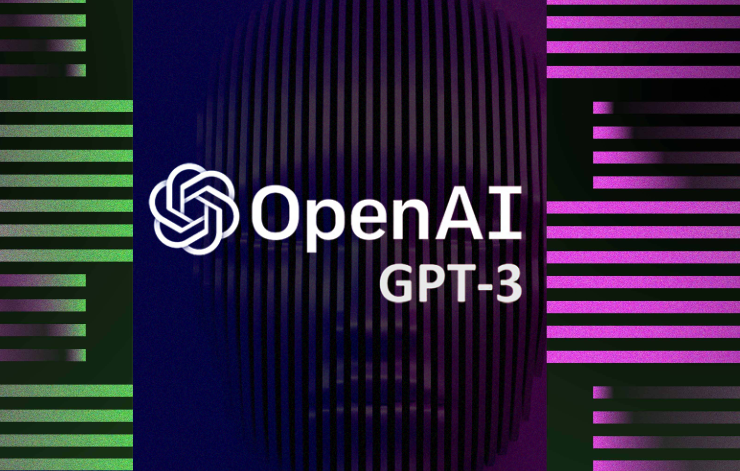
The technology behind ChatGPT can be used to create SEO-friendly content, such as blog posts, product descriptions, and FAQs. By generating unique, high-quality content that is optimized for search engines, ChatGPT can help to improve website’s visibility.
Here are a few examples of how ChatGPT can be used to improve the search engine optimization (SEO) of a website:
Generating meta descriptions
Meta descriptions are short summaries that appear under the title of a webpage in search engine results. They provide brief overview about webpages. These information are used by search engines to understand the main topic of the page. Meta descriptions are significant factor in determining the likelihood of a user clicking on a link. You can use ChatGPT to generate meta description for your website and increase website traffic by generating unique descriptions for webpages.
Optimizing headlines
Headlines are one of the most important elements of any webpage when it comes to SEO. They are used by search engines to understand the main topic of the page and are also the first thing that a user sees when they find a webpage in search results.
ChatGPT is great for generating optimized headlines for webpages. ChatGPT can be used to improve the search engine ranking by making headlines more relevant and informative to the user, which can increase the chances of the user clicking on the link.
Generating content
Having high-quality content is important, the better, it will rank high in search results. ChatGPT can be used to generate blog content in no time. You can use ChatGPT to write unique and high-quality blog posts.
Analyzing keywords
Finding best keywords for a topic is vital. ChatGPT is a great tool to find relevant keywords that have a high search volume and low competition. It can recommend keyword research tools such as Google Keyword Planner, Ahrefs, SEMrush that can be used to find the relevant keywords with low competition.
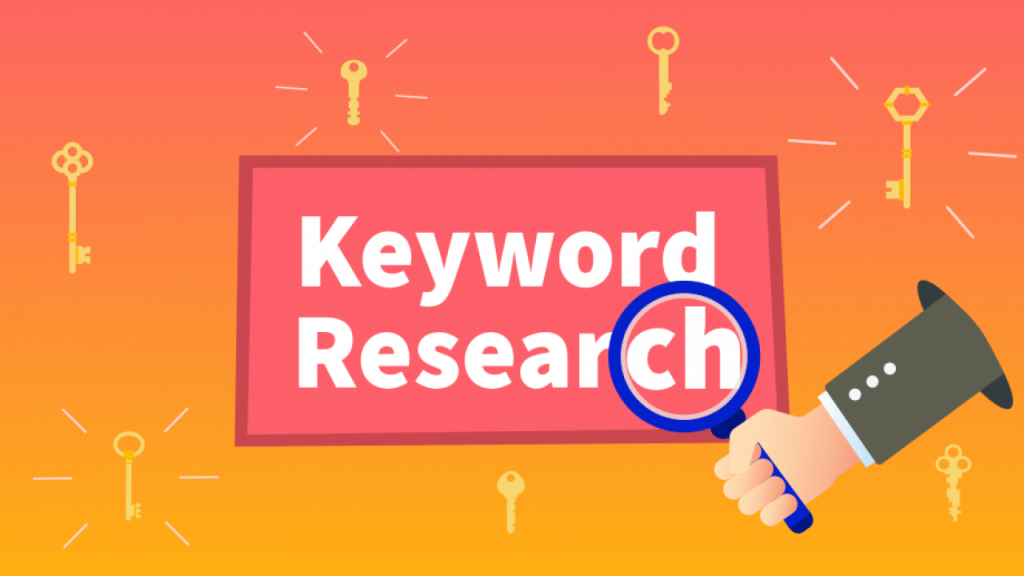
External and Internal links
When creating anchor text for backlinks, it’s important to use keywords that accurately describe the content of the linked page. This will not only help search engines understand the context of the link, but it will also provide users with a clear indication of what they can expect to find on the linked page.
Additionally, it’s important to use a mix of both branded and non-branded keywords in your anchor text, as this will help diversify your backlink profile and reduce the risk of being penalized by search engines.
Including backlinks allows users to access more information on a specific topic, which can help to improve the overall user experience of your blog. Use ChatGPT to find and link similar and related trusted sources that are relevant to your content. This will signal to search engines that your content is credible and valuable.
Analyzing competitors
ChatGPT can be used to identify the best local SEO strategies for your blog by analyzing a variety of factors such as your target audience, competitors, and industry trends. It helps you to identify the local directories and platforms where you can list your blog to improve visibility in your area. Additionally it can help you understand what your local competitors are doing to rank well in search engines and how you can differentiate your blog to stand out.
Mobile optimization
ChatGPT can be used to identify the best tactics for mobile optimization of your blog by analyzing a variety of factors such as user behavior, industry trends, and technical requirements. ChatGPT can help you understand what design elements are most effective for mobile users, such as larger fonts, larger buttons, and responsive design. It can help you understand how users interact with your blog on mobile devices, such as which pages they visit most.
Conclusion
In conclusion, ChatGPT can be a powerful tool for improving your website’s SEO by providing valuable insights into various aspects of SEO such as keyword research, competitor analysis, content optimization and mobile optimization. With its ability to process vast amounts of data and provide actionable recommendations, ChatGPT can help you stay ahead of the curve and make data-driven decisions to improve your website’s visibility in search engines. However, it’s important to keep in mind that ChatGPT is just a tool, the real work must be done by the website owner or SEO expert to implement the strategies and tactics suggested by the model. With the right approach, ChatGPT can be a secret weapon for taking your website’s SEO to the next level.


